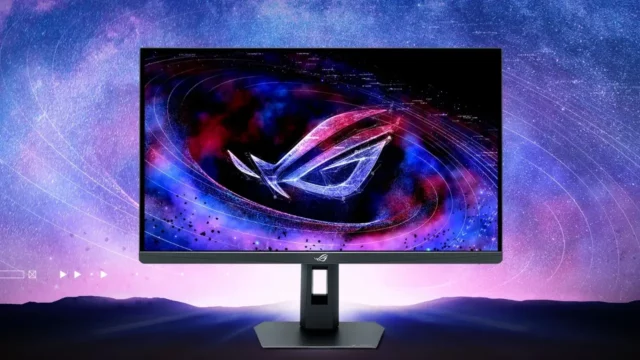Google will no longer keep a backup of the entire internet. Google’s ‘cached’ links have long been an alternative way to load a website that has been offline or changed. However, Google has now announced the end of the cache feature. What does this mean?
The end of Google Search cache feature has arrived
Google’s ‘Search Contact’ Danny Sullivan confirmed the removal of the feature in a tweet. He also stated that the feature aimed to ‘assist people in accessing pages,’ but they couldn’t rely on loading pages from the cache. Therefore, the decision was made to retire this feature.

This feature has been appearing and disappearing for some users since December, and currently, we cannot see any cached links in Google Search. For now, access can only be obtained by clicking ‘Cached’ in the ‘About this result’ menu by clicking the three dots in the search results or by adding ‘cache:’ prefix to the address bar.
All support pages related to cached sites have also been removed by Google. This means finding a guide on this matter is no longer possible. Cached links used to be located under the dropdown menu below each search result on Google’s page. While the Google web browser was crawling the internet for new and updated web pages, it was also saving a copy of everything it encountered.
This feature led Google to essentially back up the entire internet, likely using countless petabytes of data. In the era of cost-saving, assuming that Google will start deleting cache data, it could likely free up space on many resources.
The discontinuation of cached sites will mean that the Internet Archive will face a greater burden in archiving and monitoring changes on web pages worldwide. What are your thoughts on this matter? Feel free to share your opinions in the comments section.














